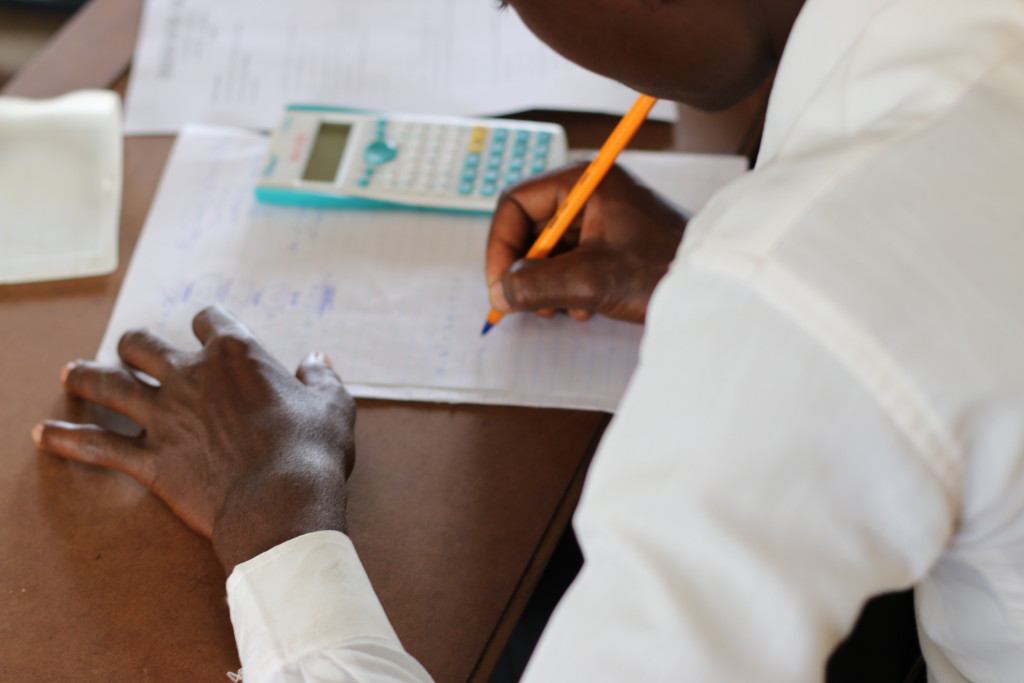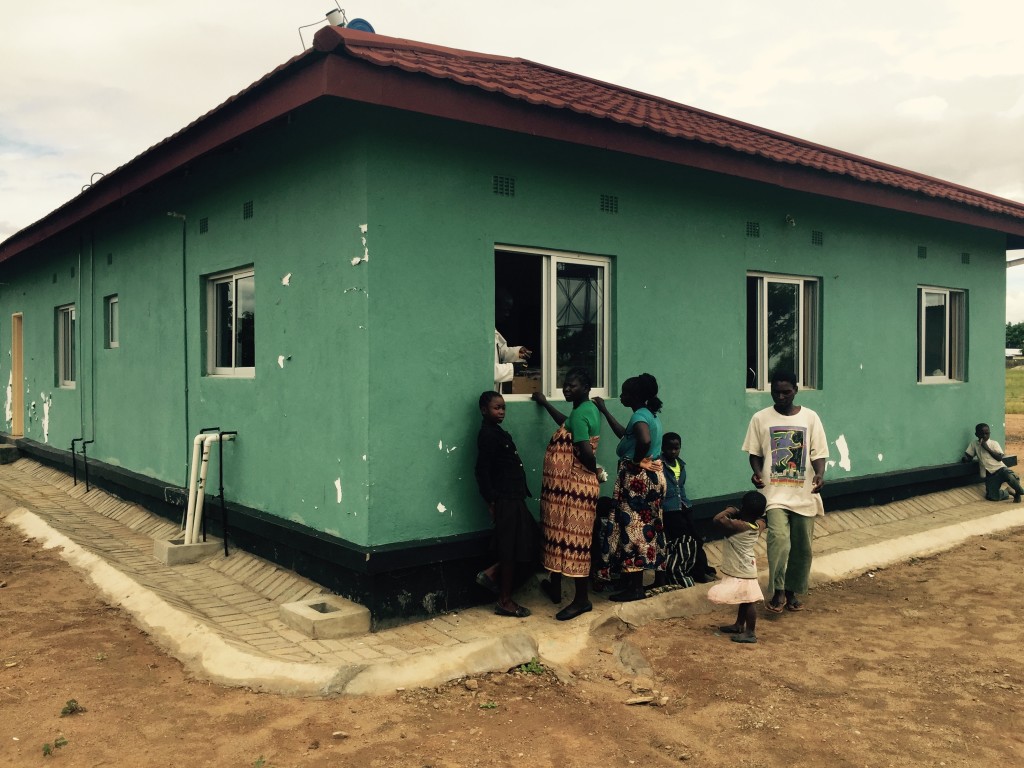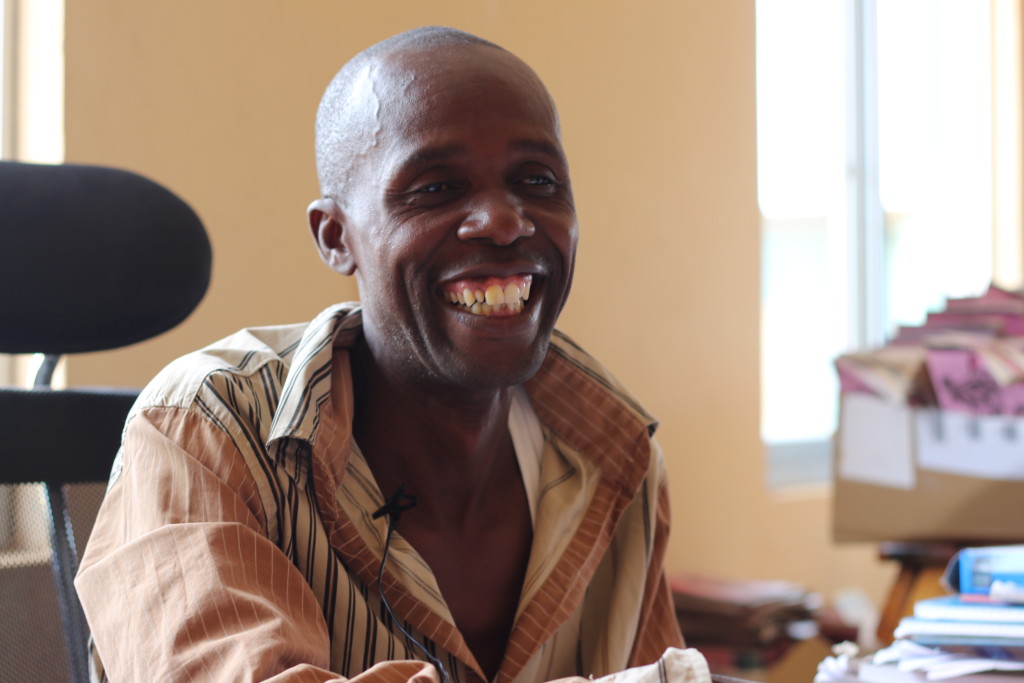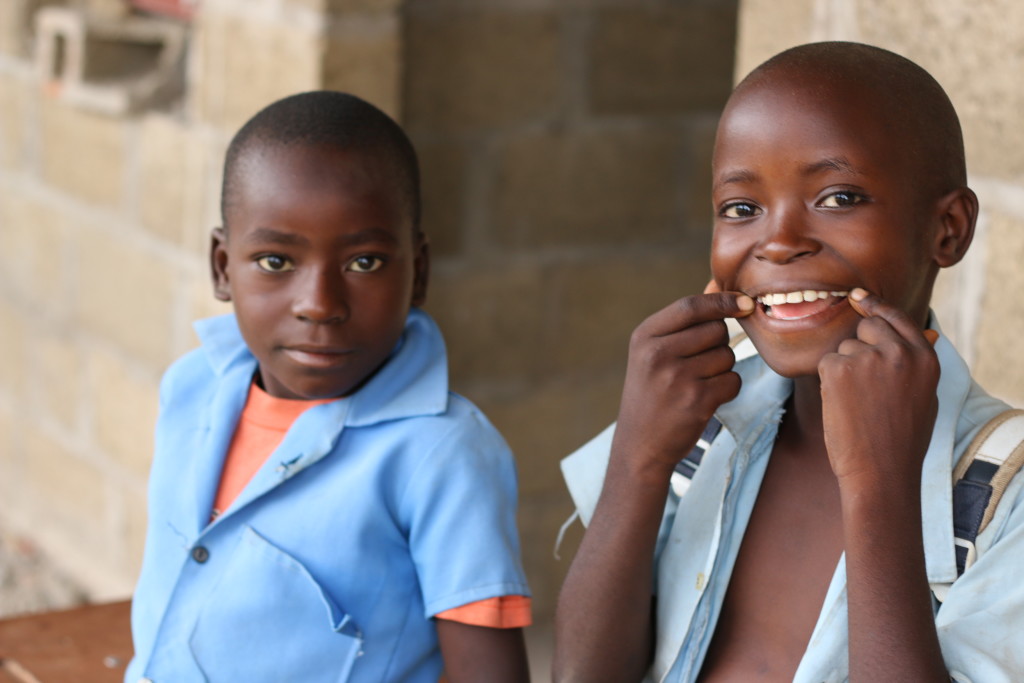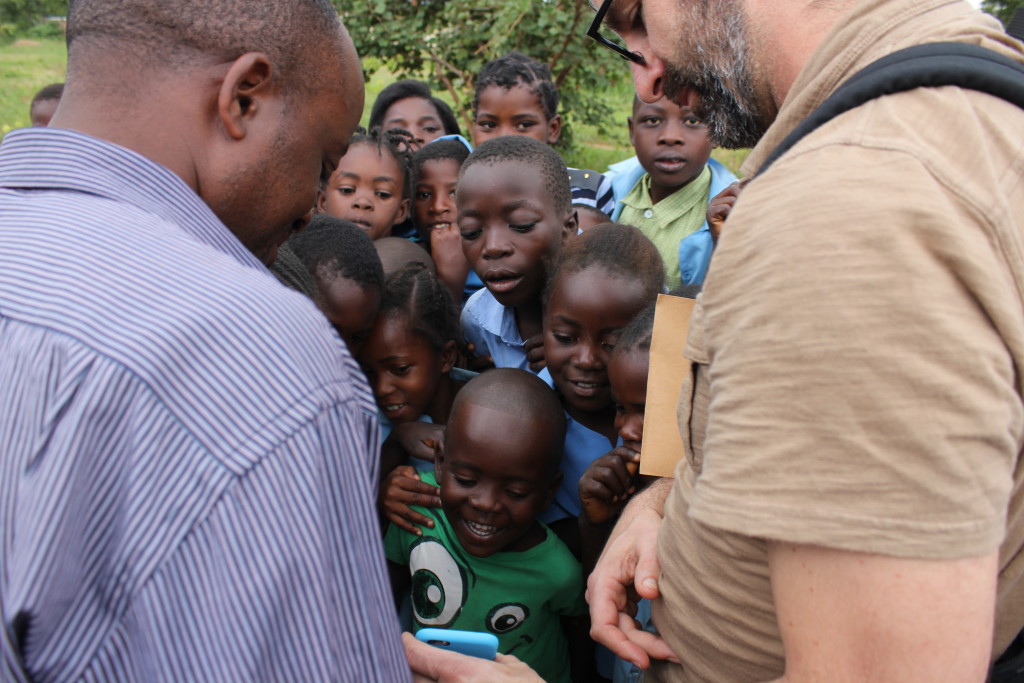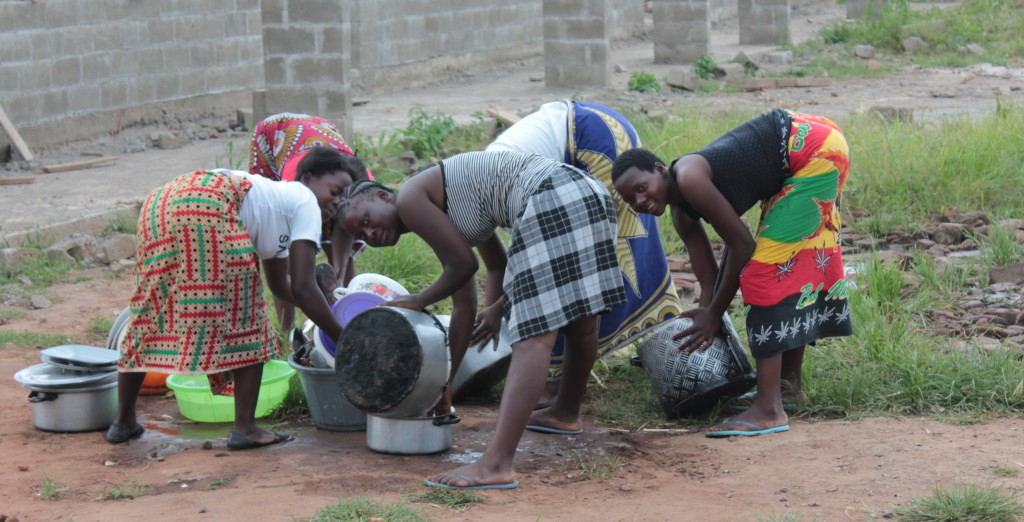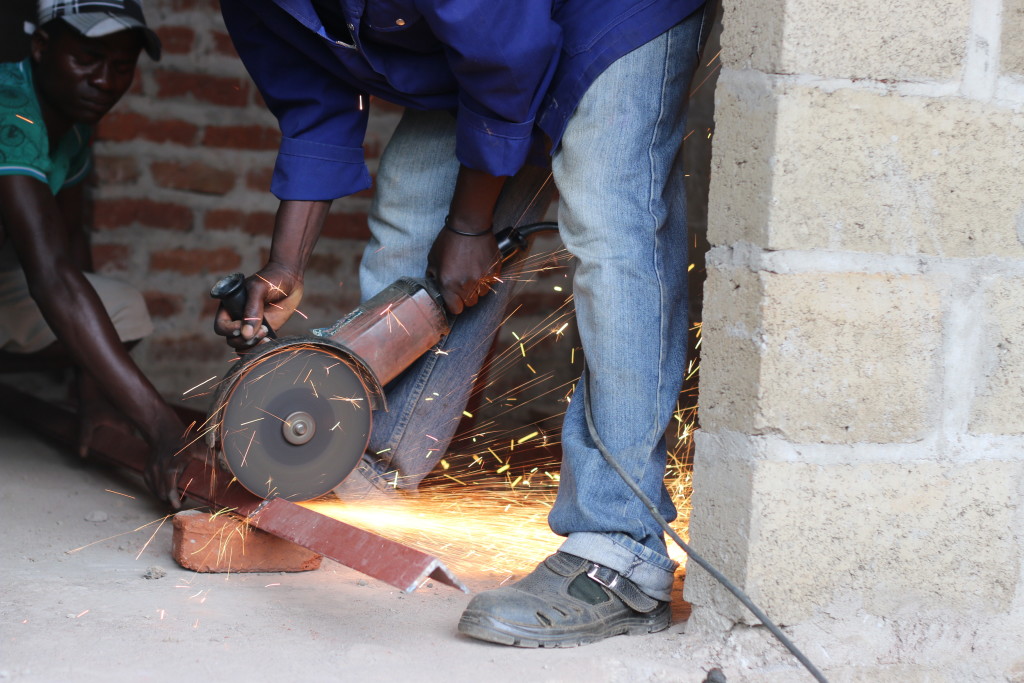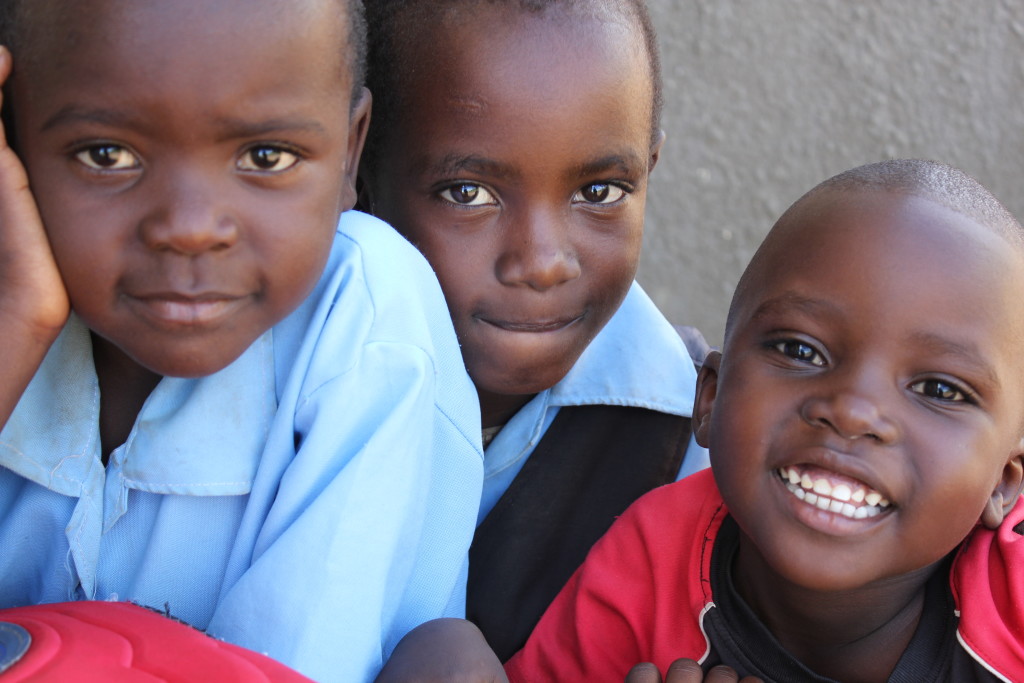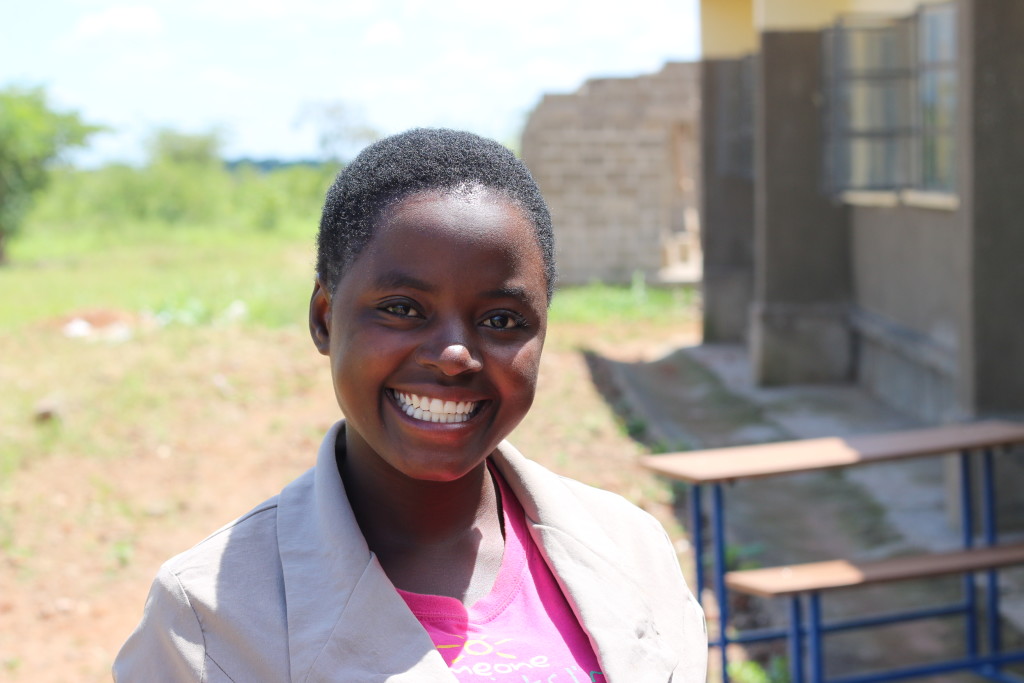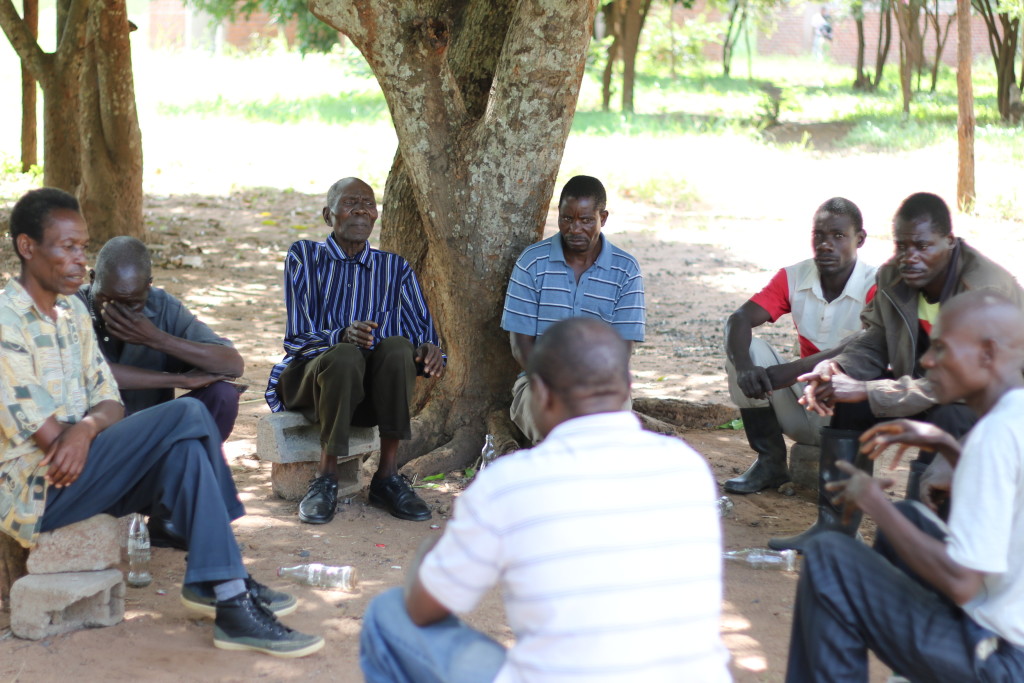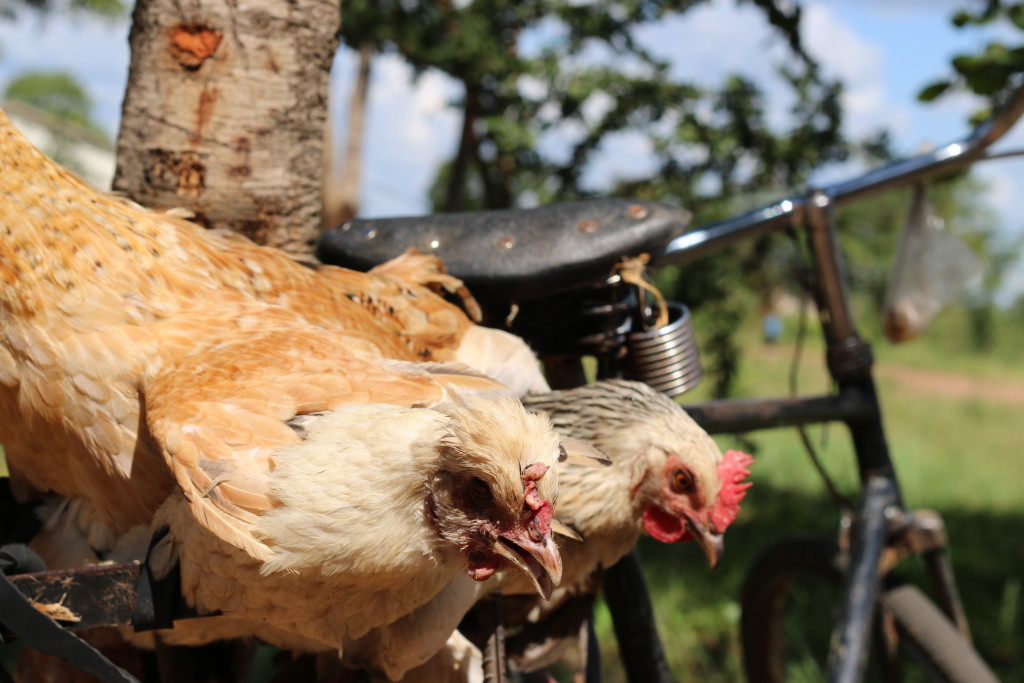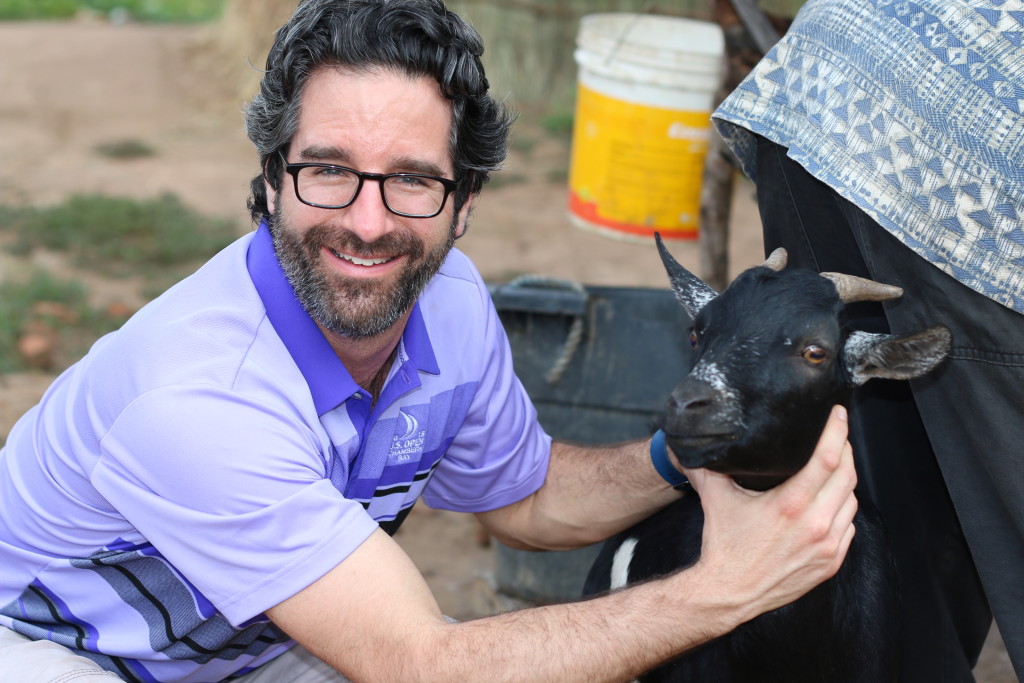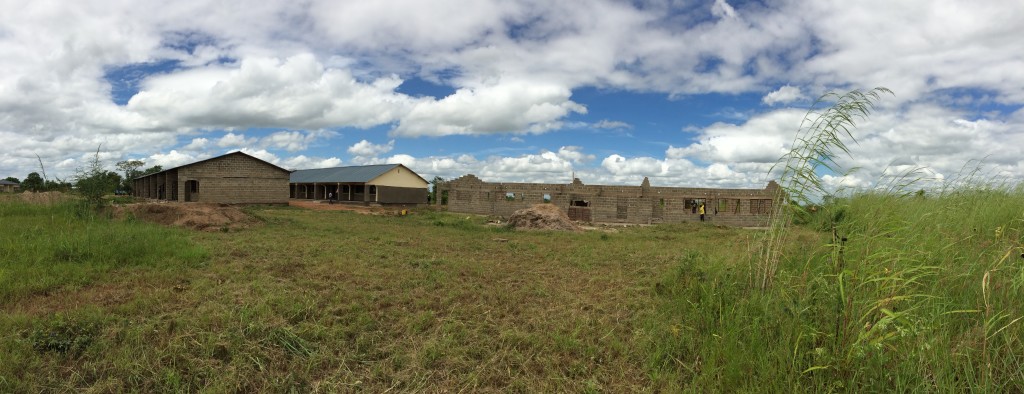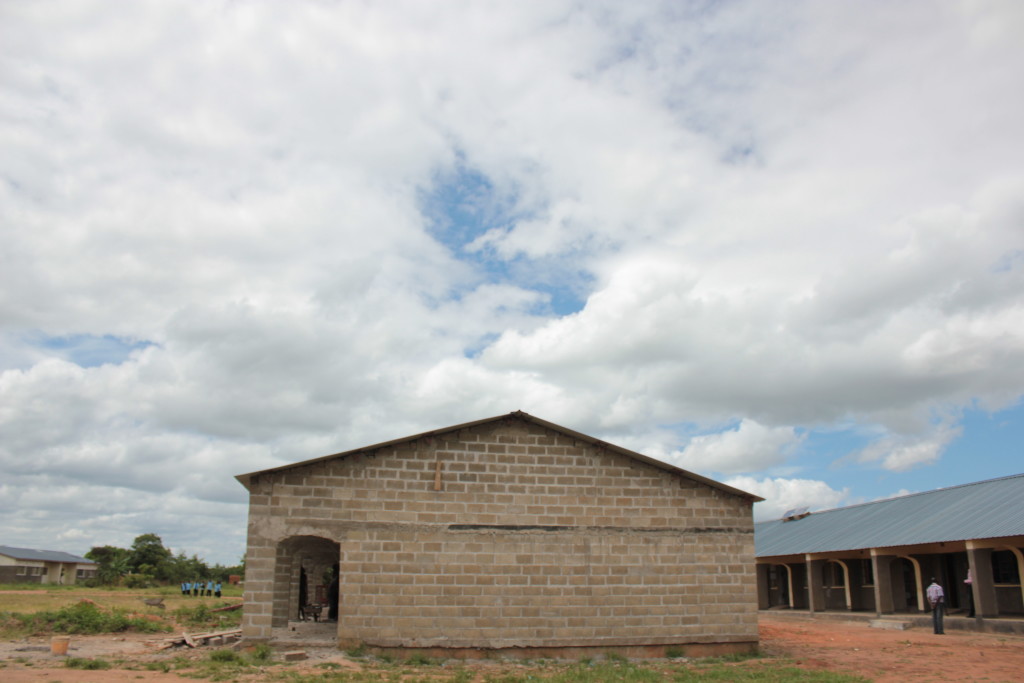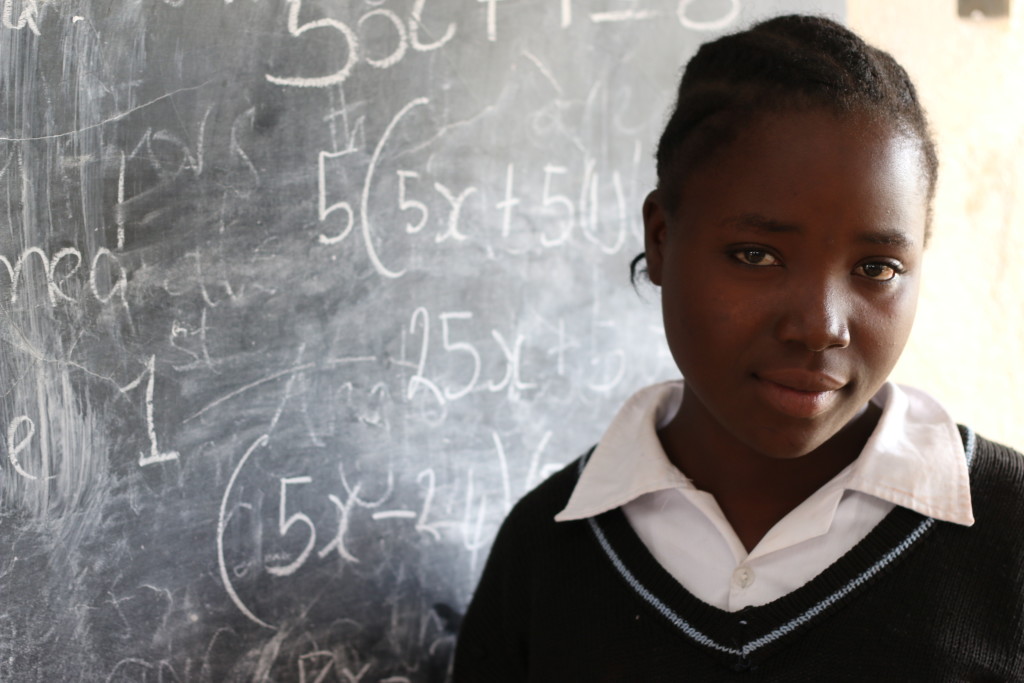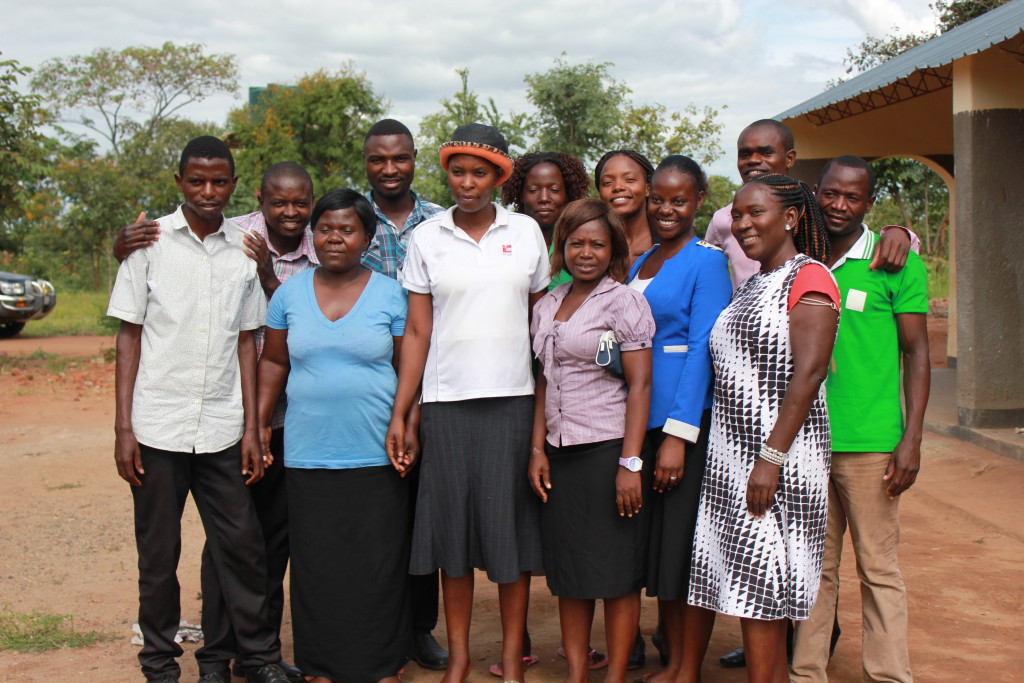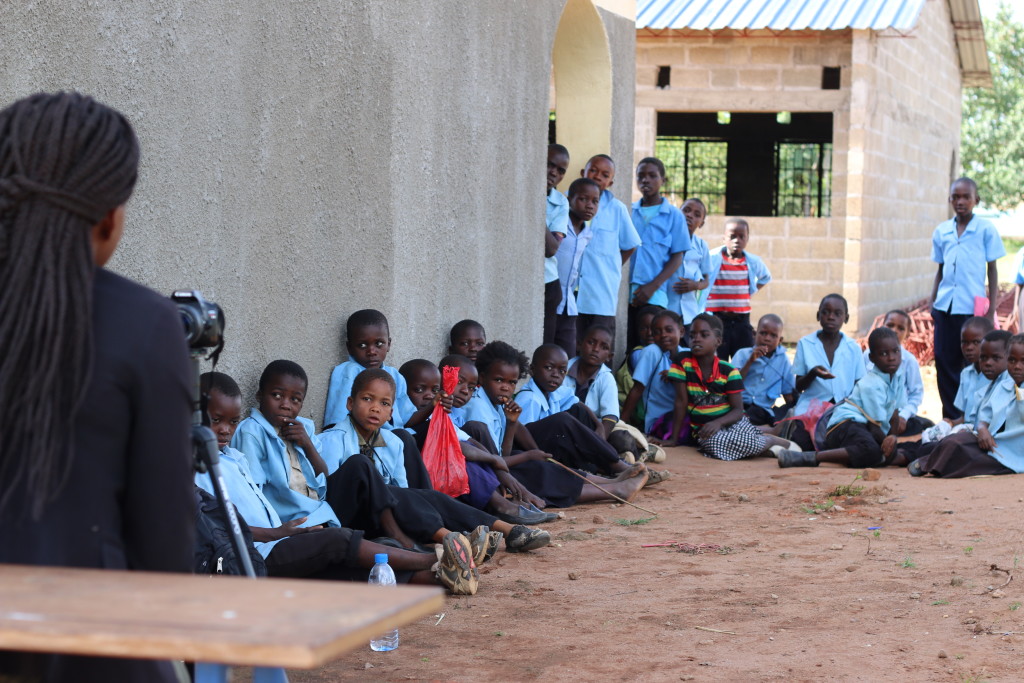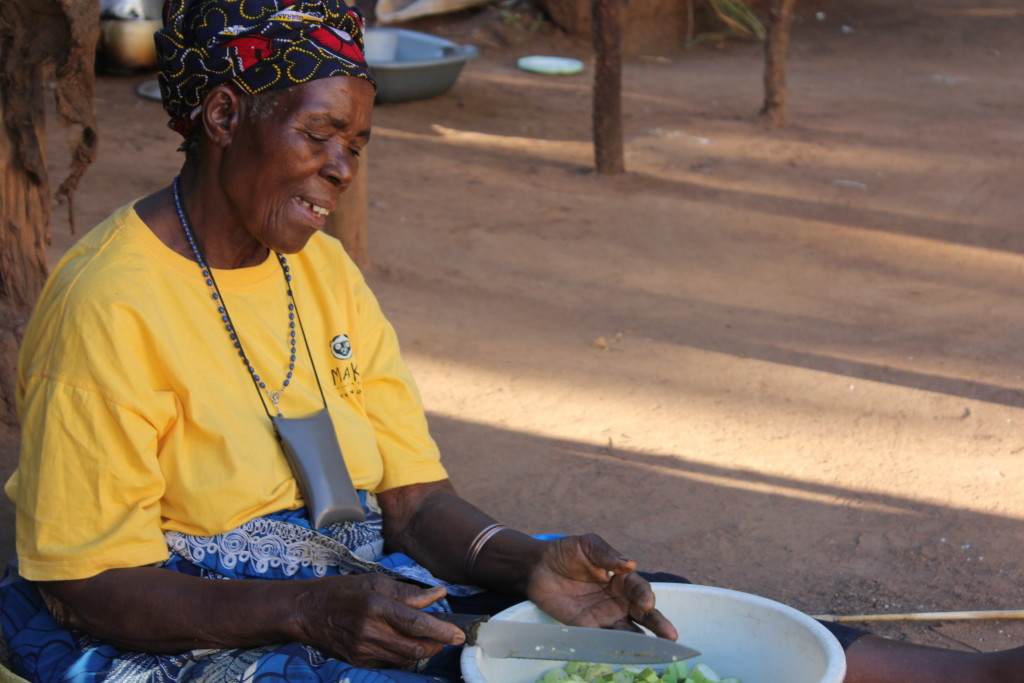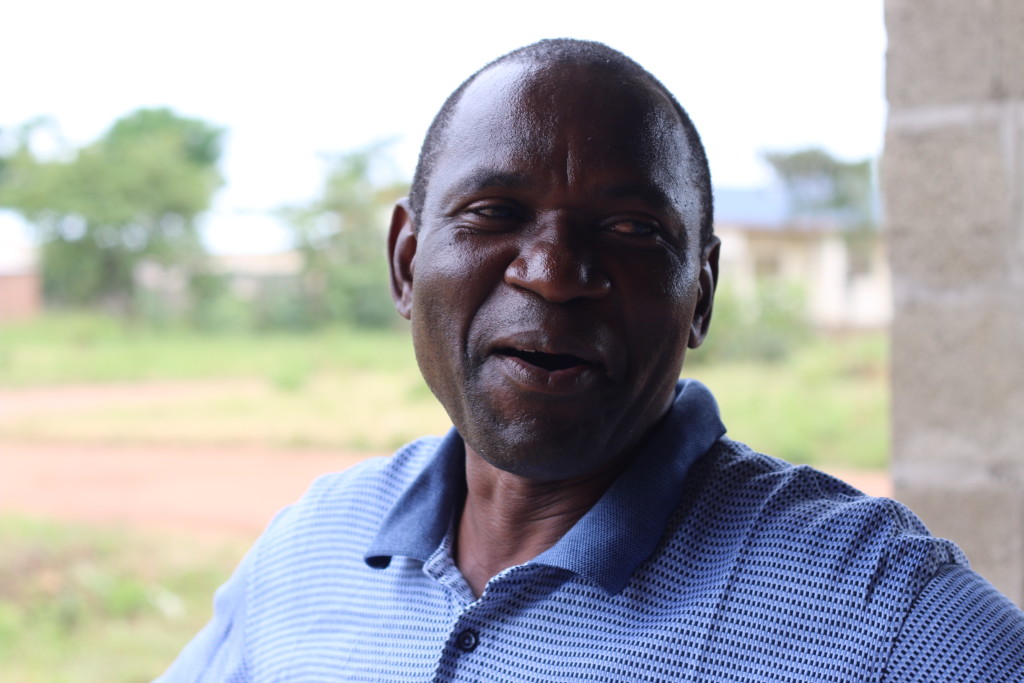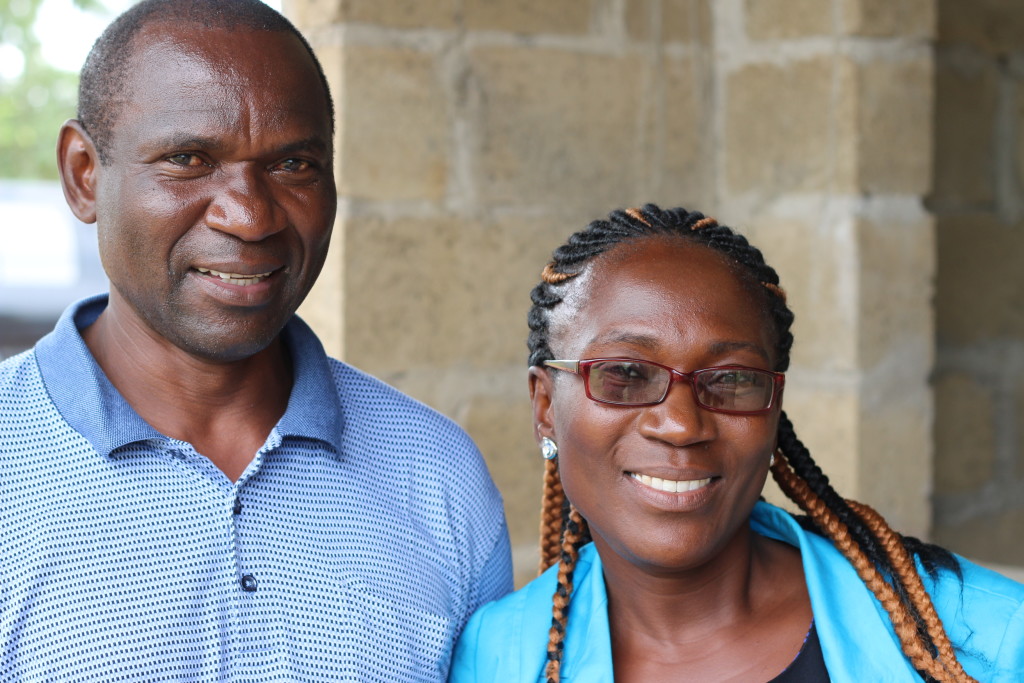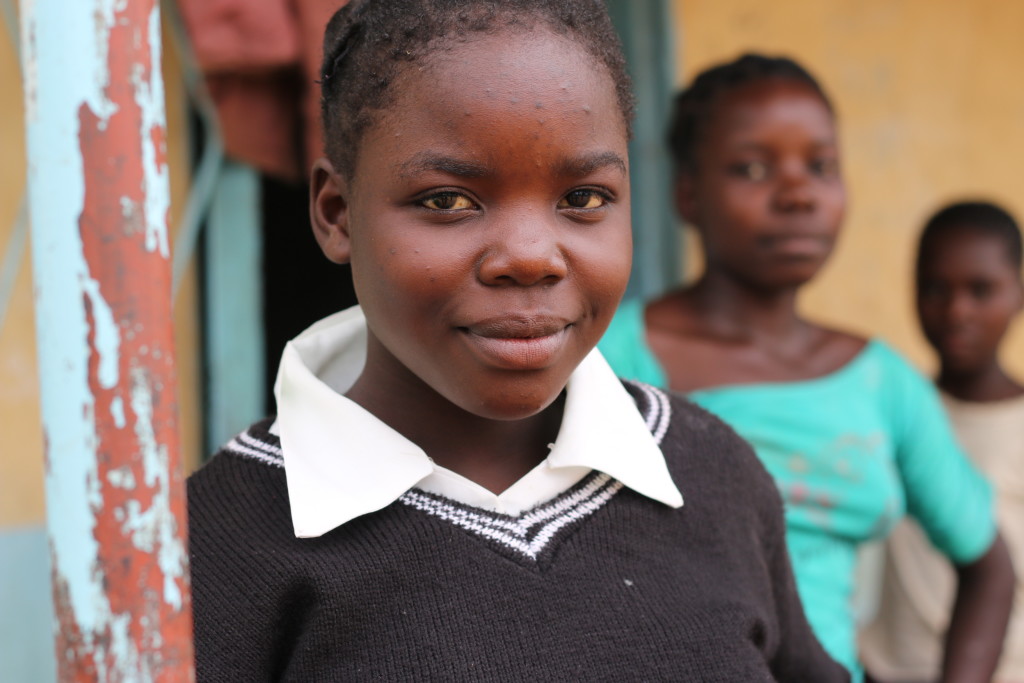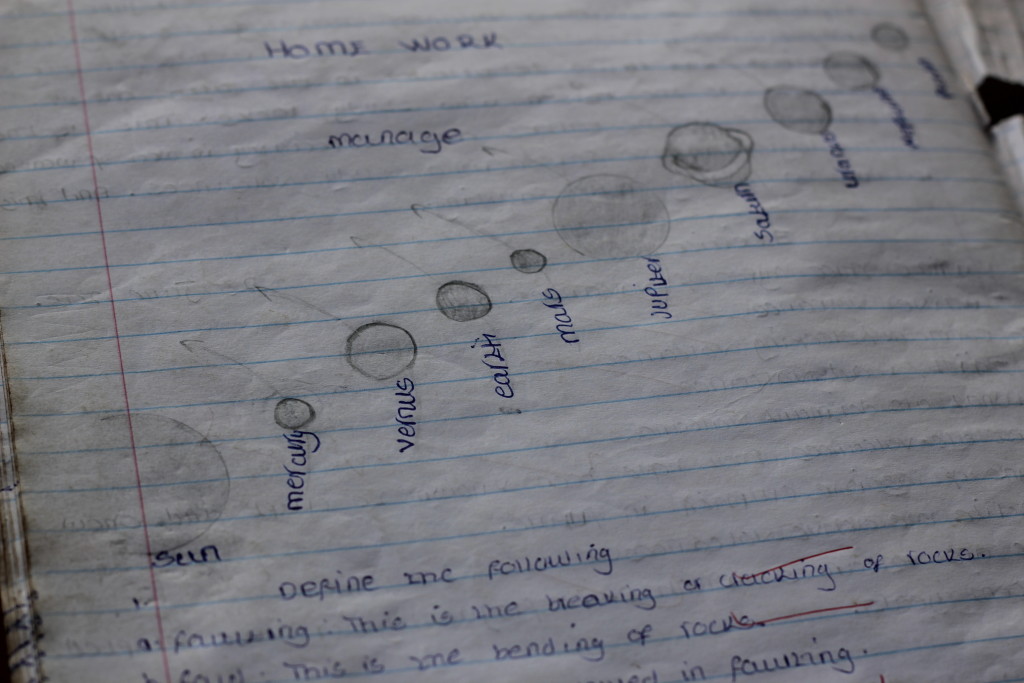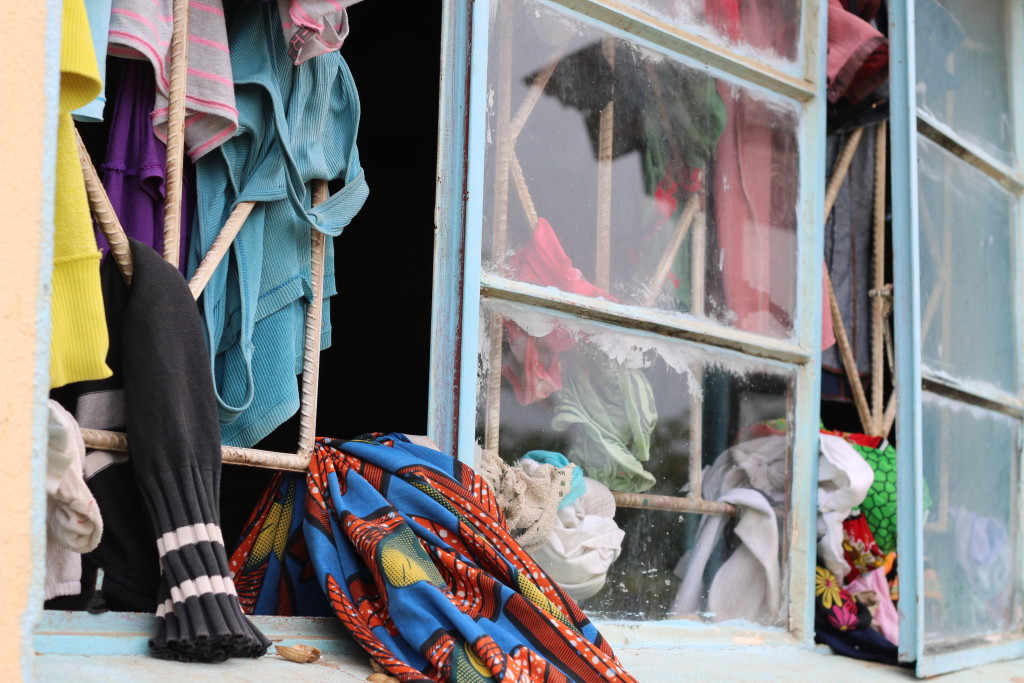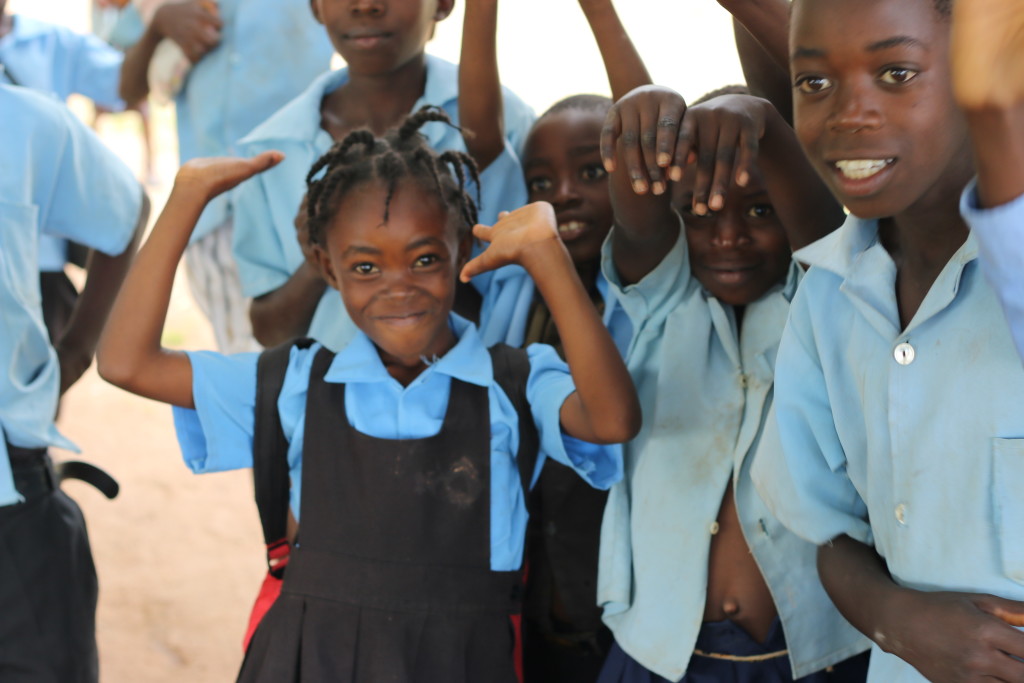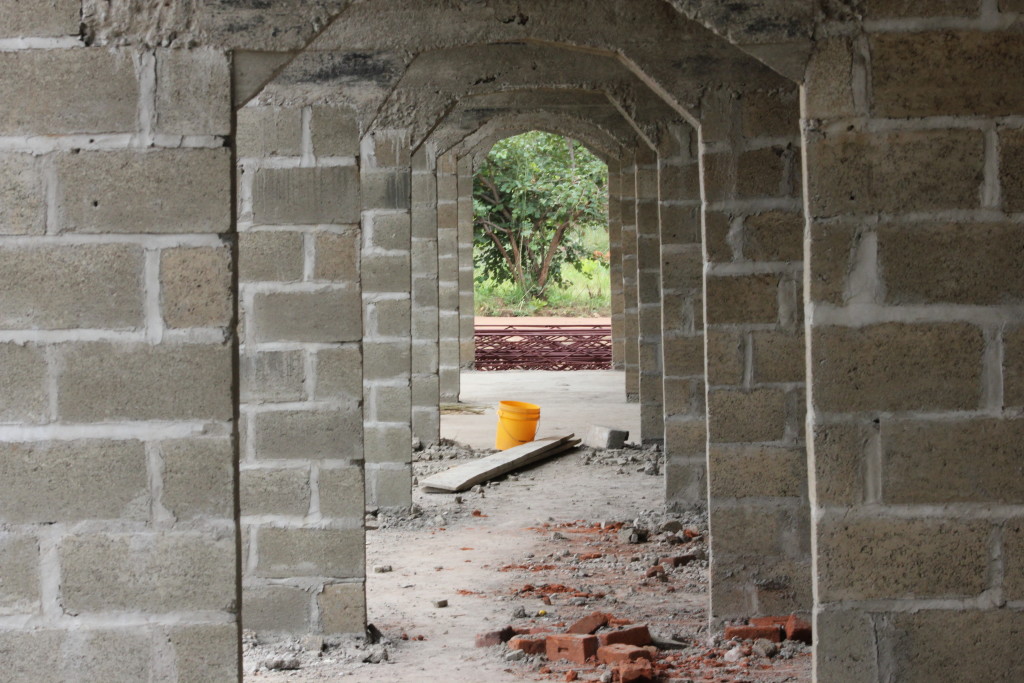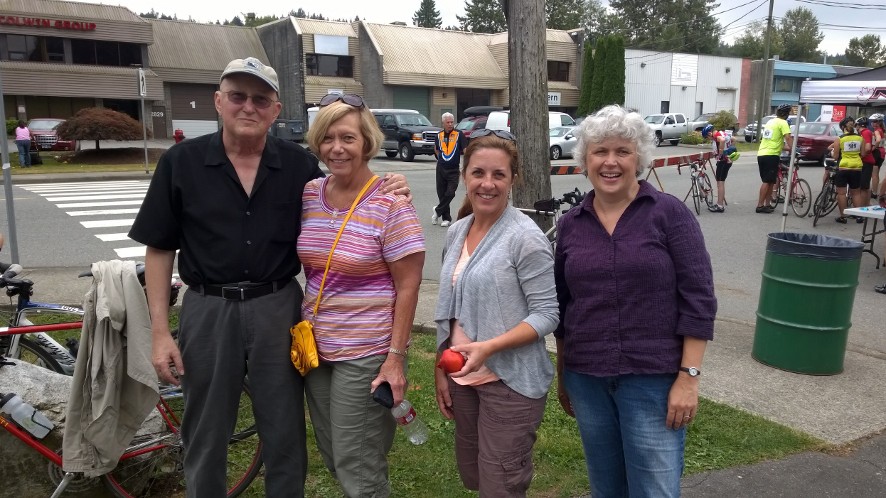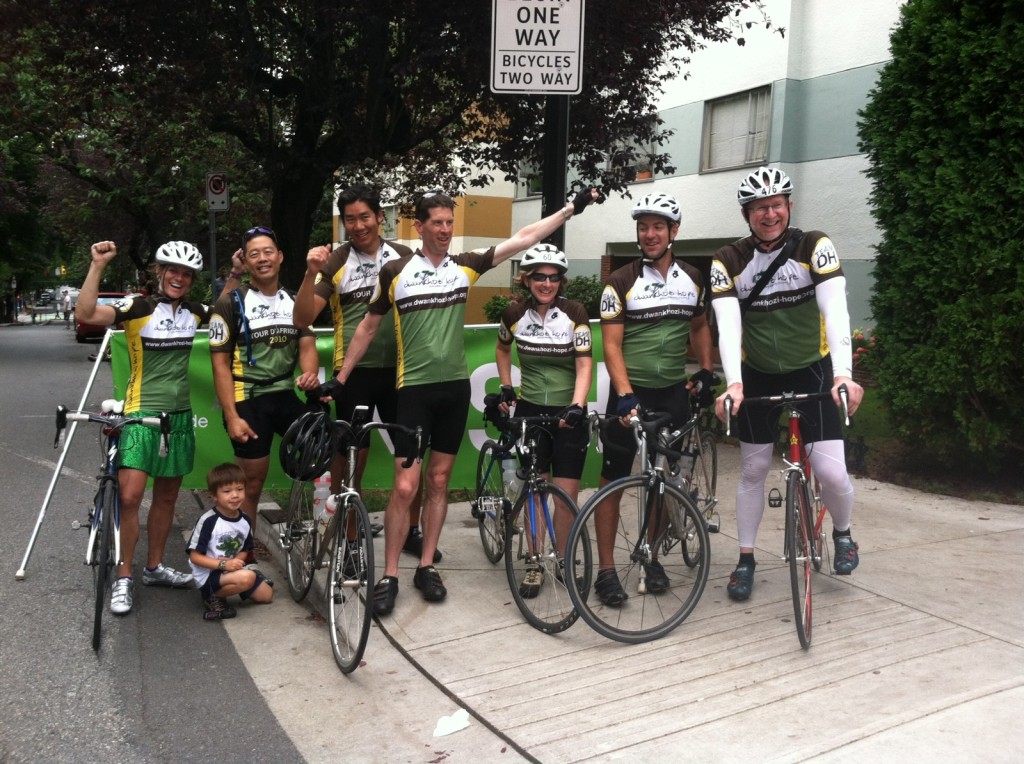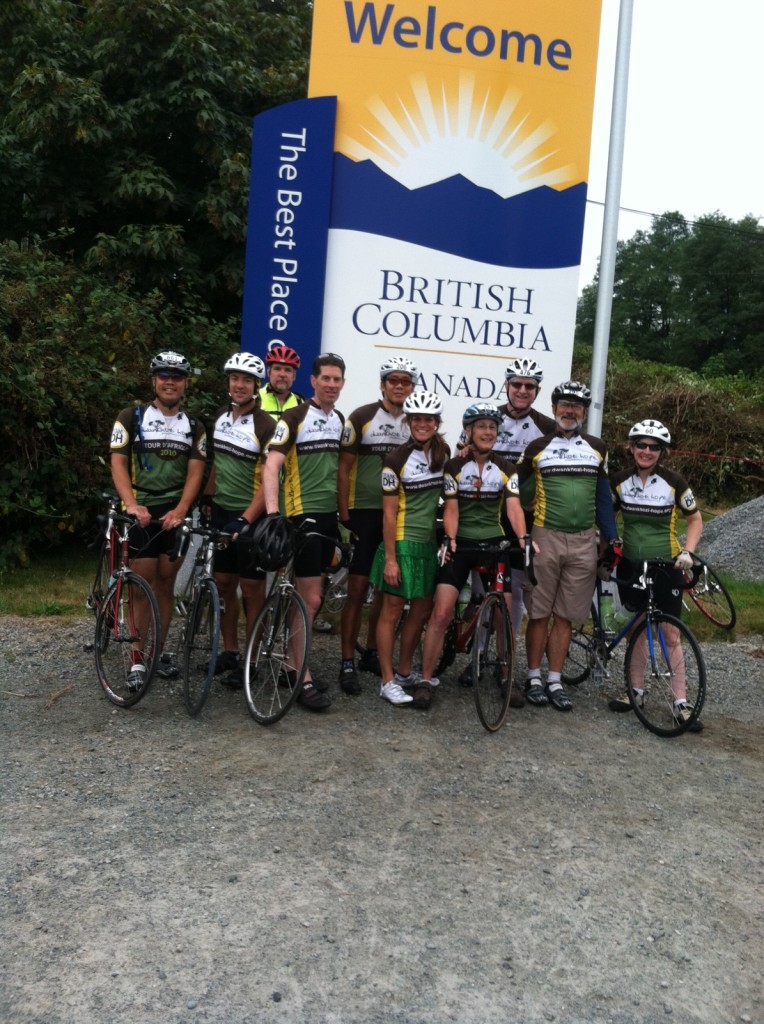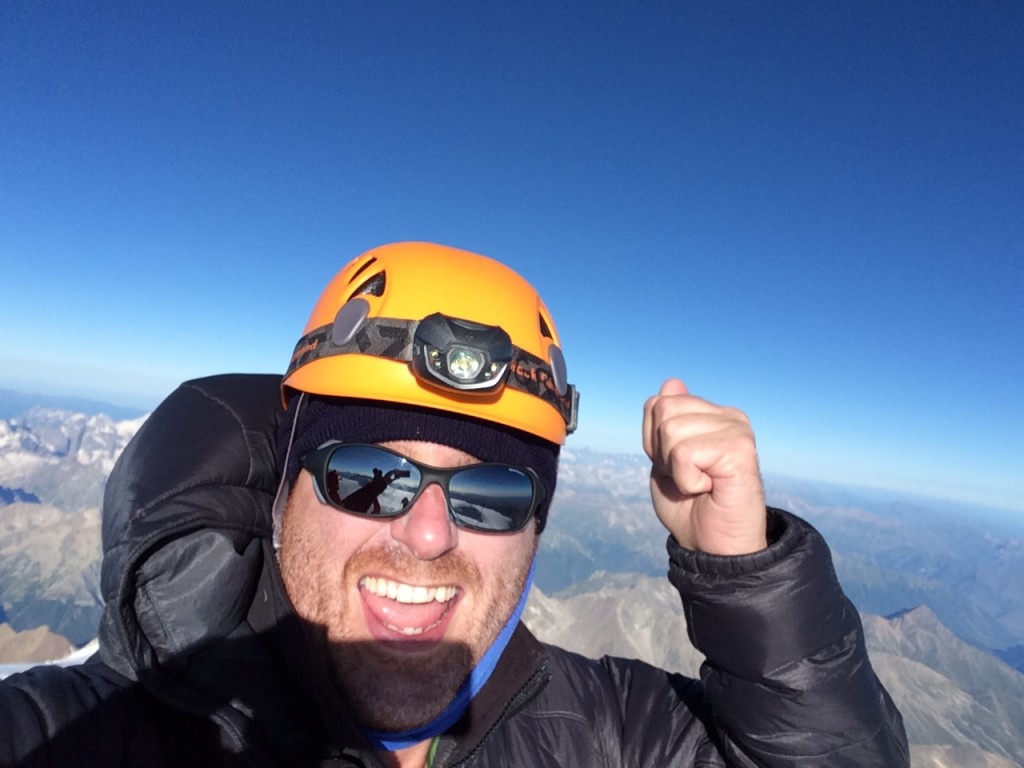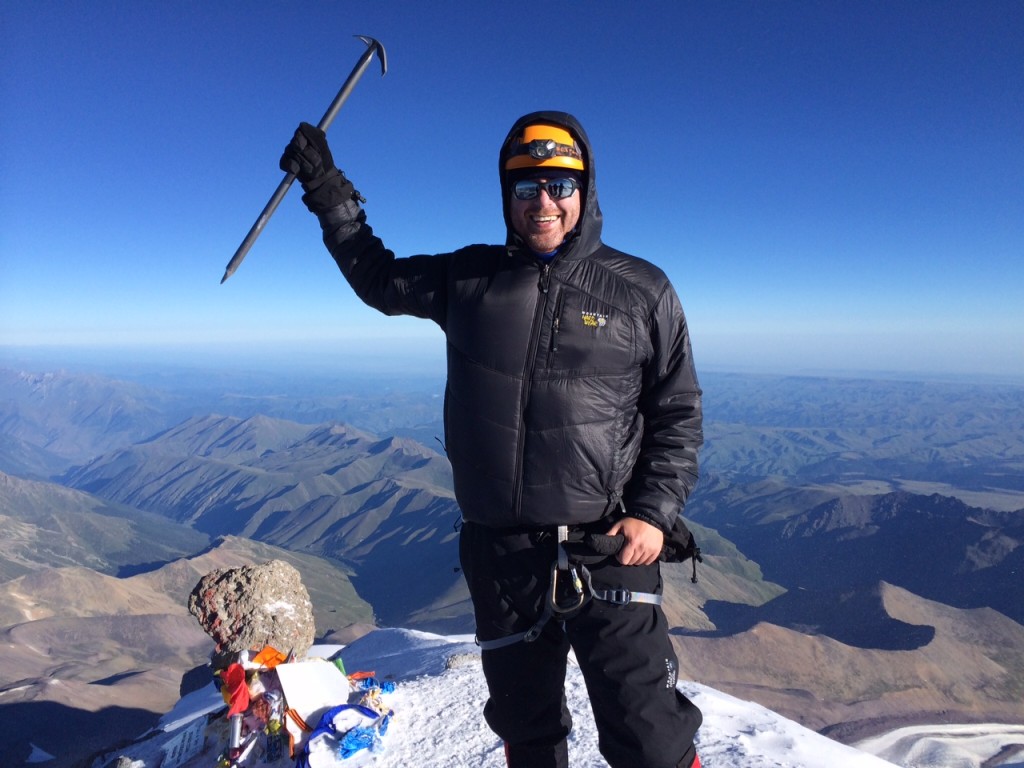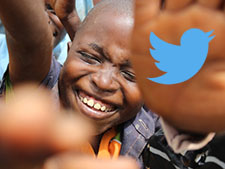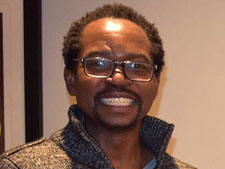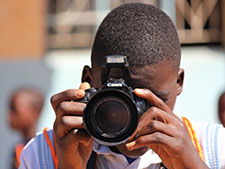With no internet access over the weekend (we went 5 for 5 in our nights in Zambia though, so no complaining here), I have still been writing down our adventures and can finally post them here. They are less Dwankhozi-focused, since we were cruising around Malawi. But nonetheless they give us some more context for our work in Zambia and we even got to see another community/school campus very similar to Dwankhozi. All that to say, relevant and worth reading I think. Pics are limited at the moment, as I only have access to my phone and not my camera. But they give a brief glimpse of our days.
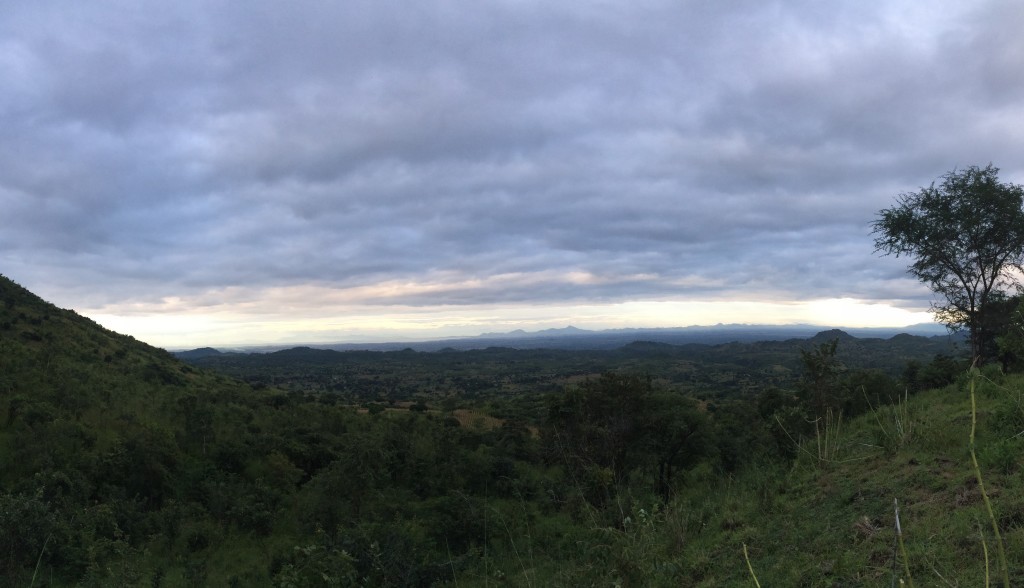
Amazing views as we traveled through the mountains and back to Lilongwe on Sunday.
Friday we woke up, packed up and headed to our first stop, the Department of Education in Chipata. We met with a Provincial Education Officer (because Zambia is divided into provinces, with Dwankhozi in the Eastern Province) for thirty minutes who had recently been placed in her position after serving in another province. Her name was Beatrice and we (Mark, Moses, myself) told her the background of the Dwankhozi community, of the organization Dwankhozi Hope and how the school has grown over the past ten years. She was ‘moved’ to hear about the commitment and generosity of such a partnership. We encouraged her to visit the school in the near future. After exchanging email addresses and referring her to the Dwankhozi Hope facebook page (which she quickly brought up on her phone and clicked on a blog posting to see…Goat Mark!!), we said our goodbyes and headed back the Zambia-Malawi border.
After crossing the border, we settled into road trip mode. Our destination was hundreds of kilometers away in a town called Zomba (pronounced “zohm-bah”). There we would meet a good friend of Moses and Mark, Father Phillip, a Malawian priest residing at a local parish. Our final destination in Malawi would be Namitembo, which we would visit on Saturday, a small rural community/parish that Mark is well-connected with along with his business partner, Jim. So with Moses at the wheel, we began our trek into Malawi.
Although my exposure to Zambia is fairly limited to Chipata and the outlying rural communities, it is quickly apparent that Malawi is very poor and has been hit very hard by the recent drought. If you’ve read any global headlines this winter, you saw that many parts of East and Central Africa received minimal rainfall, and in rural agrarian-based economies, that is a recipe for disaster. Droughts have driven countries into famines and states of emergency. We drove by fields and fields and fields of brown, weathered corn crops along the road that never produced any harvest this year, or very little. Moses explained to us that while Malawi suffered the brunt of a dry rainy season, Zambia was very fortunate to experience an intense month of rainfall this winter that essentially ‘saved’ many crops and avoided severe disaster in most parts of the country.

So we drove and drove and drove, with a short stop in Lilongwe (the country’s capital), until the overcast afternoon gradually turned into darkness. All credit to Moses again for maneuvering the often reckless and oblivious bike riders that line the sides of the road. It is no simple task to drive cross-country in these areas, and by 7:30 or so we arrived at the parish in Malawi. And there we were greeted by three priests as we stepped out of the car, Father Phillip (who Mark and Moses know well), Father Daniel and Father Bernard.
We sat down to dinner with them and ate and laughed together over a couple hours. Such warm, welcoming people who are all quick-to-smile, quicker-to-laugh and terrific hosts. Dining with Malawian priests at a local Malawi parish – check that off the list of things I never thought I’d be doing in my life.
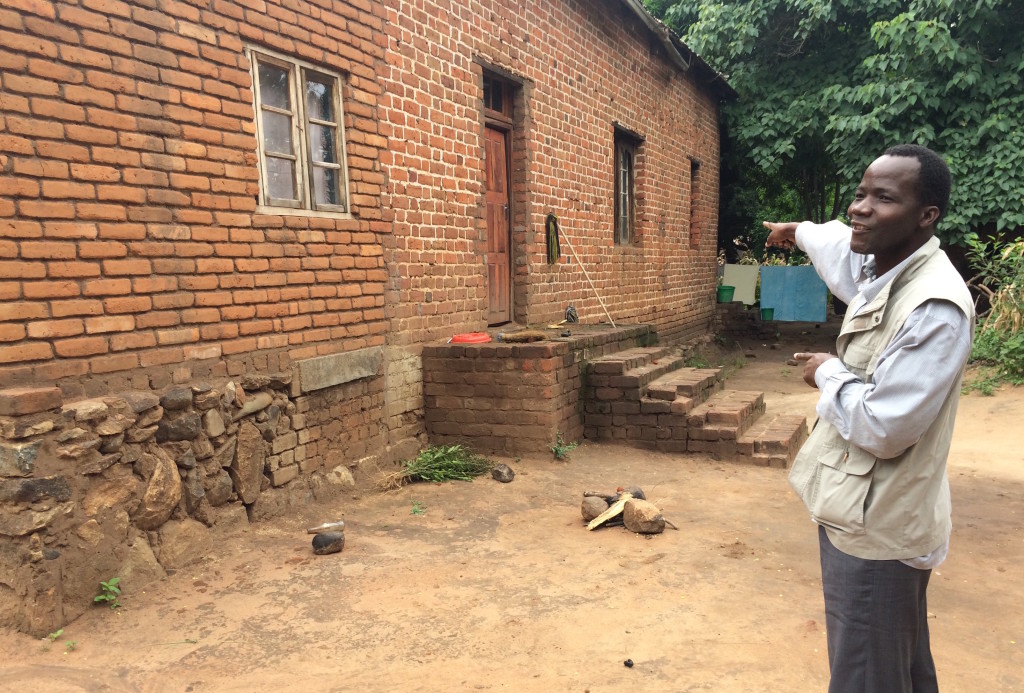
Father Phillip showing us around Pirimiti.
We woke Saturday morning for breakfast before 9am mass, which was of particular importance because the Bishop of Malawi would be arriving to lead mass and address the community. A big deal! Father Phillip gave us a short tour of the village and parish, where buildings are very old and made out of concrete or handmade brick. Again, signs of the drought were evident in the corn crops everywhere we looked. The community operates as a village similar to others we have been to in Zambia, although here the parish owns many buildings, rents many at cheap rates to families and is the central piece that everything revolves around. We then went and found our seat for mass. And man oh man, Malawians know how to do Mass! Incredible singing, dancing, all generations from young to old. Truly a community event, we felt lucky to be a part of it for just a morning.
After lunching with the Bishop and the priests, since we were guests at the parish (again, a surreal experience I could have never imagined I’d find myself in!), we packed our bags and headed for Namitembo. Namitembo is another parish/community, but buried waaaaaaay deep into the hills of Malawi and so far off the grid that you could never find it unless you were looking for it. Bumps and wrong turns and many stops for directions finally led us to the school and parish in the early evening. Father Henry and Father Earnest welcomed us, the type of people that quickly turn from new friends to old, lifelong friends in a matter of minutes. Just as quick to laugh, jokes always close at hand. The level of hospitality we experienced in Malawi was just off the charts.
Father Henry led us on a tour of Namitembo, which operates a school very similar to Dwankhozi. Their primary school is massive, over 2,000 students and about 29 teachers. Yes, you do the math. And if I’m not mistaken, that doesn’t include the secondary school they also have on campus. They own the buildings and the government contributes teachers and staff, like Dwankhozi. They also operate a trade school, teaching vocational skills like bricklaying, tailoring and more that I can’t remember at the moment. We got to tour their library, classrooms, signed the Headmaster’s guest book, asked lots of questions and shared the different experiences of these two schools.
We spent the evening sharing dinner and swapping stories about our backgrounds, life in America and life in Zambia, politics, and again, so many laughs. All of them genuine. We got to attend Mass in the morning and headed on our way before noon – navigating the twists and bumps of rural, rural, rural Malawi until we found our way back onto the main tarmac road. From there we took a short detour to stop for lunch at lake Malawi, a huge lake that runs along the entire eastern border of the country. Even Moses hadn’t seen it before, and if you were blindly dropped there I swear you would think you were beachside in the Hawaiian Islands.
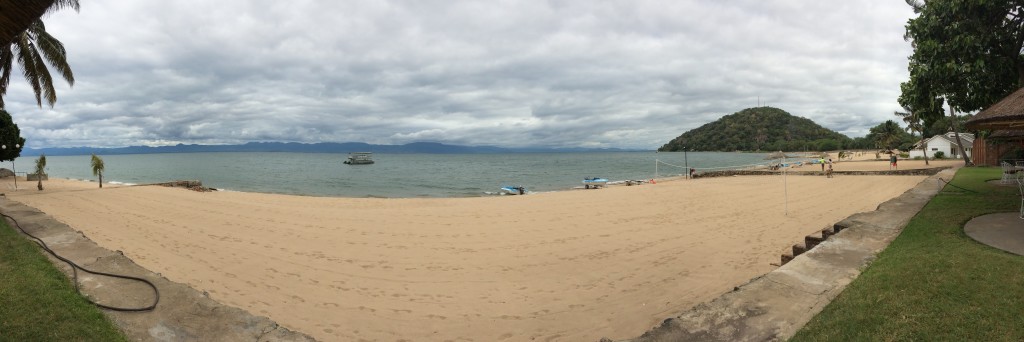
A stunning view, and a stark contrast to the rest of the Malawi we saw over the weekend.
More and more driving to make it back to Lilongwe, where we took a shortcut up through the mountains and caught some stunning views. For our last evening in Africa we got to have dinner with Rhoda, another one of the Masala siblings, who lives in Malawi and works for the government teaching nutrition to communities. Wow, she is so smart and generous and warm and engaging to talk with. I wish we could have recorded our entire dinner conversation as she reflected on their upbringing as children with their mother, the challenges facing these rural communities when it comes to nutrition and crops, and together her and Moses shed some very interesting light on the farming practices and culture in the two countries.
So that brings us up to speed. While I try and pack as much as I can into these posts, while still keeping it readable, inevitably there is so much that doesn’t make it into this blog – conversations, people, moments, car naps (there were a lot of those, and Mark may have been the ringleader!) – so ask us! Now we begin to whittle down what we saw, experienced and captured…into some video forms. If you’ve connected with this trip and want to continue hearing stories about what is going on in this incredible community – join us at our Building Hope Dinner on April 28th! You’ll see videos, hear stories and have a chance to be a part of the transformation happening at Dwankhozi. Seriously, it will be a special night. Reserve your spot here.
Thanks for following along on our trip. We’re safely back in the States and of course are noticing the pieces of us that remain in Africa with our friends. Talk soon.

